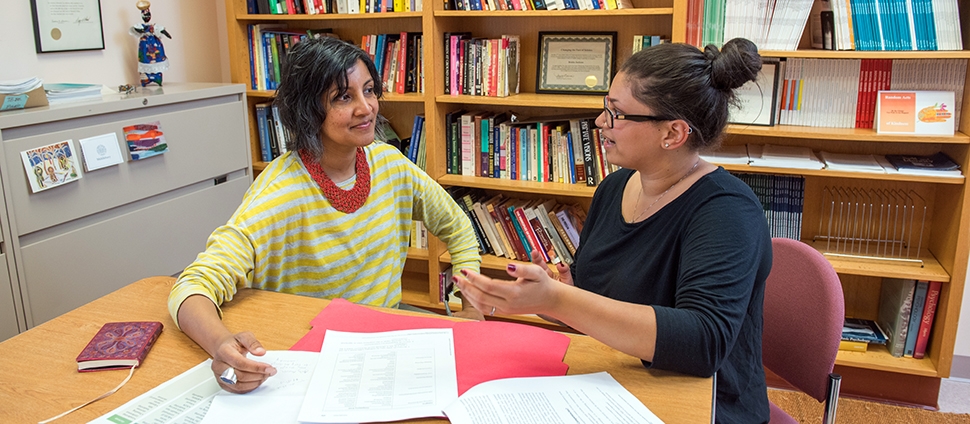Does that pose become you? Testing the effect of body postures on self-concept
Document Type
Article
Publication Date
6-28-2017
Publication Title
Comprehensive Results in Social Psychology
Abstract
Self-concept expansion predicts a range of adaptive outcomes. An intriguing possible cause of self-concept expansion is the posing of one’s body expansively, that is, “power posing.” In Study 1 (N = 65), we found that body expansion had an effect, of moderate magni- tude (d = 0.58), on self-concept size in college women as measured by the Twenty Statements Test. Participants who were randomly assigned to hold expanded poses (vs. contracted) – under the guise of a cover story about holding different body positions to test the accuracy of wireless electrodes – wrote significantly more self-state- ments than those who assumed contracted positions. In pre-regis- tered Study 2 we tested whether this finding was replicable and extended this research by aiming to characterize the process by which it occurred. One hundred and twenty-eight women students were randomly assigned to hold either expanded or contracted postures. They completed surveys measuring two general classes of potential mediators (“broaden-and-build” and “narrow-and-dis- rupt”), body self-objectification as a moderator, and four indices of self-concept size. Posture was not found to affect self-concept size, nor was it moderated by self-objectification. Though there was no effect on self-expansion, in exploratory analyses, assigned posture affected one of the broaden-and-build measures: psychological flexibility. Results of Study 2 could indicate that a mere two minutes of holding an expanded versus contracted body posture is not enough to induce changes in self-concept size; lack of main effects could in addition be due to a range of unmeasured confounders and/or the fragile and transient nature of the effect.
Keywords
Posture, nonverbal, self-concept, psychological flexibility, self-objectification
Volume
2
Issue
1
First Page
81
Last Page
105
DOI
10.1080/23743603.2017.1341178
Rights
© 2017 European Association of Social Psychology
Recommended Citation
Jackson, Benita; Nault, Kelly; Richman, Laura Smart; LaBelle, Onawa; and Rohleder, Nicolas, "Does that pose become you? Testing the effect of body postures on self-concept" (2017). Psychology: Faculty Publications, Smith College, Northampton, MA.
https://scholarworks.smith.edu/psy_facpubs/5


